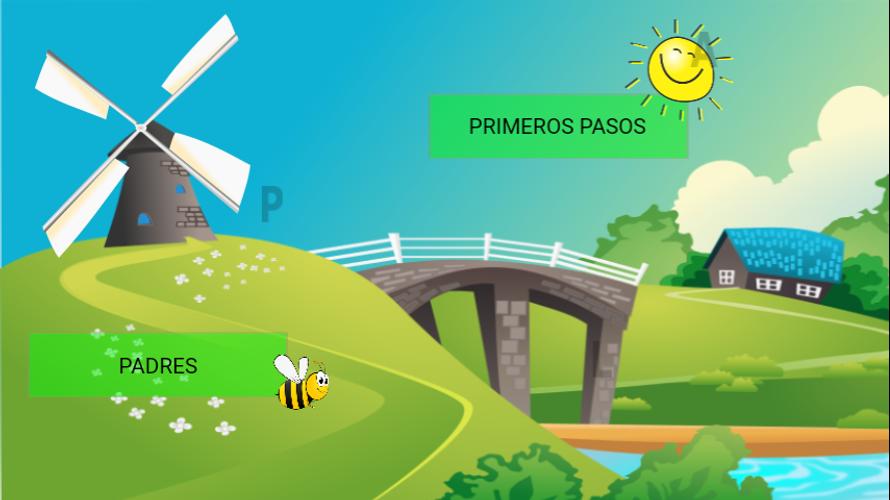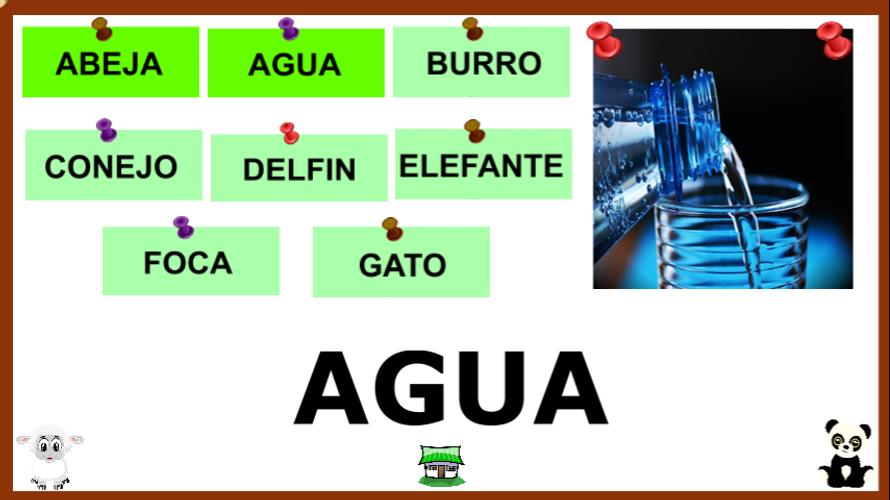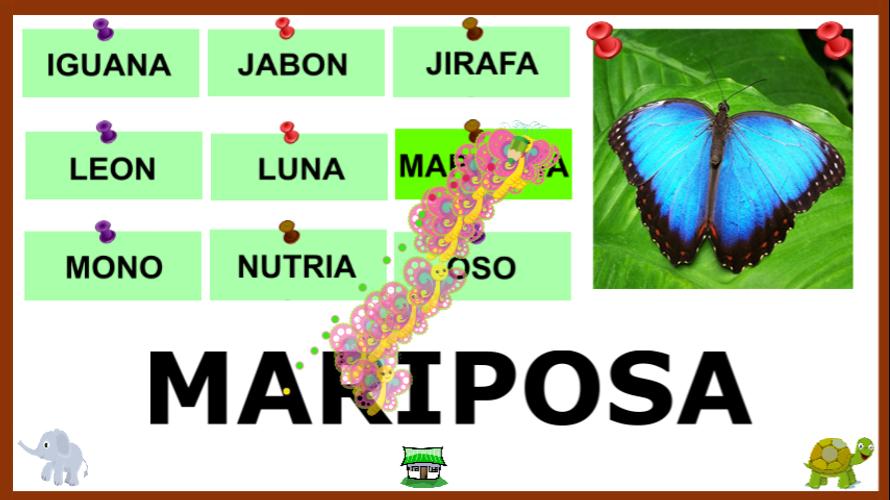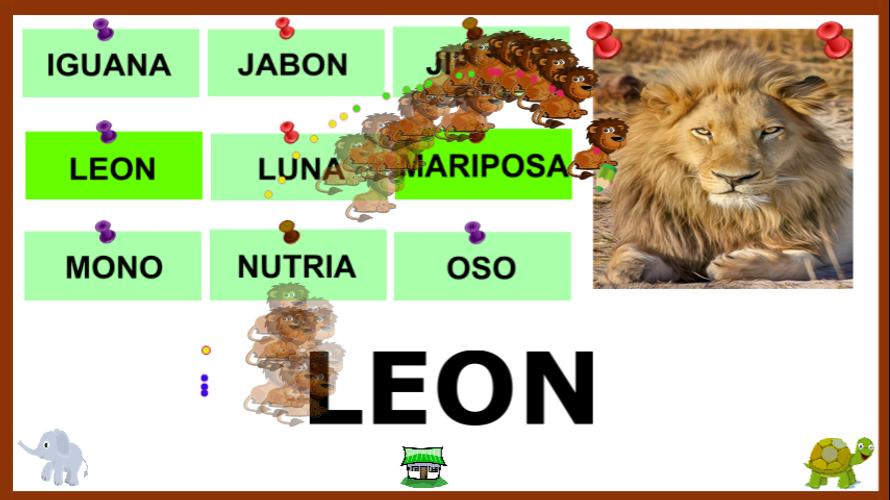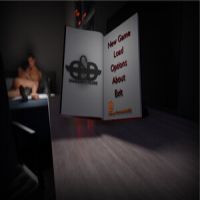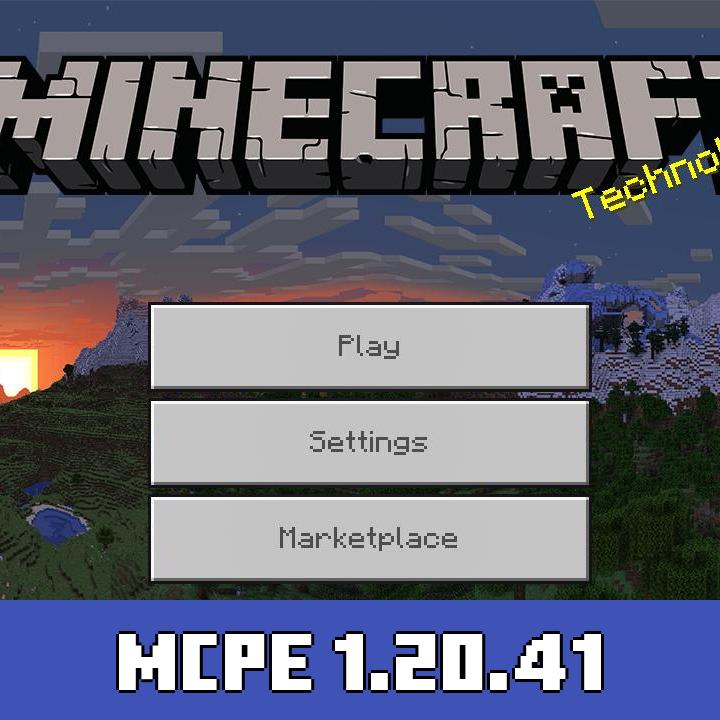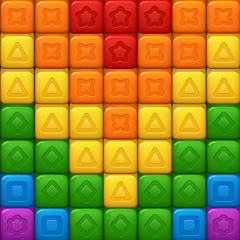Learning to read begins with understanding the sounds that letters make, rather than memorizing their names. This approach helps children build a strong foundation in phonics, allowing them to decode words more naturally and effectively.
An essential part of this learning journey is the role of the adult guiding the child. By engaging in simple yet effective exercises, the adult can model mouth movements and help the child understand how to shape their lips and tongue to produce each sound correctly. This visual and auditory guidance supports the child's ability to speak clearly and read confidently.
To begin, we introduce a set of alphabet letters that are easier to pronounce and recognize. These letters are used to form the names of familiar animals and common everyday words. In this method, the focus is not on saying the name of the letter (like “C” for example), but rather on making its corresponding sound (like /k/).
At first, an adult should work closely with the child, keeping in mind that reading is a developmental process. Once the child becomes comfortable, they can explore the application independently while the adult checks in periodically. Over time, the adult can move to the “Discover the Word” section and guide the child through structured exercises such as:
- Ask the child to say the individual sounds of the letters in the word [ttpp].
- After practicing for a while, ask: “What did you say?”
- Never reveal the word to the child.
Repeat this exercise regularly, encouraging the child to blend the sounds together more quickly. As the pause between each sound shortens, the word will begin to emerge naturally. Resist the urge to tell them what the word is. One day, when asked “What did you say?”, the child might proudly respond, “I said [ttpp]!” That’s the moment you’ve been waiting for—the child has taken their first step into the world of reading.
Soon after, you’ll notice a growing curiosity in the child to read every word they come across. At this stage, it’s time to gradually introduce more complex letters and sounds. For example, the letter “C” can make different sounds depending on the letters around it—soft as in “sky” or hard as in “house.” Other letters not previously introduced will also be added to the learning path. It’s crucial to respect each child’s pace and support their unique learning journey without rushing or pressuring them.
We take privacy seriously. If you'd like to learn more about how we protect your data, please review our Privacy Policy.
What's New in Version 10
Last updated on August 6, 2024 – This update includes API improvements and enhanced visual effects to provide a smoother and more engaging user experience.

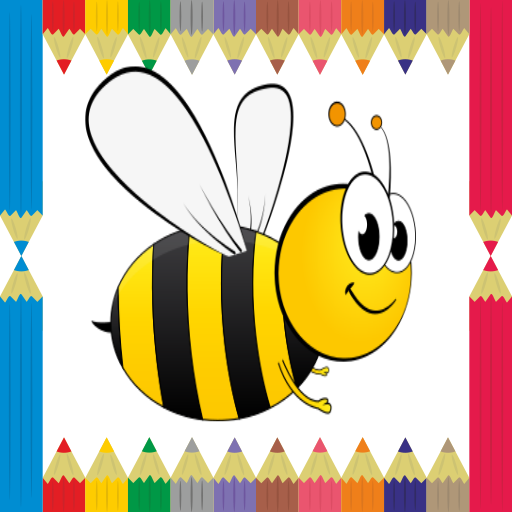
 Download
Download